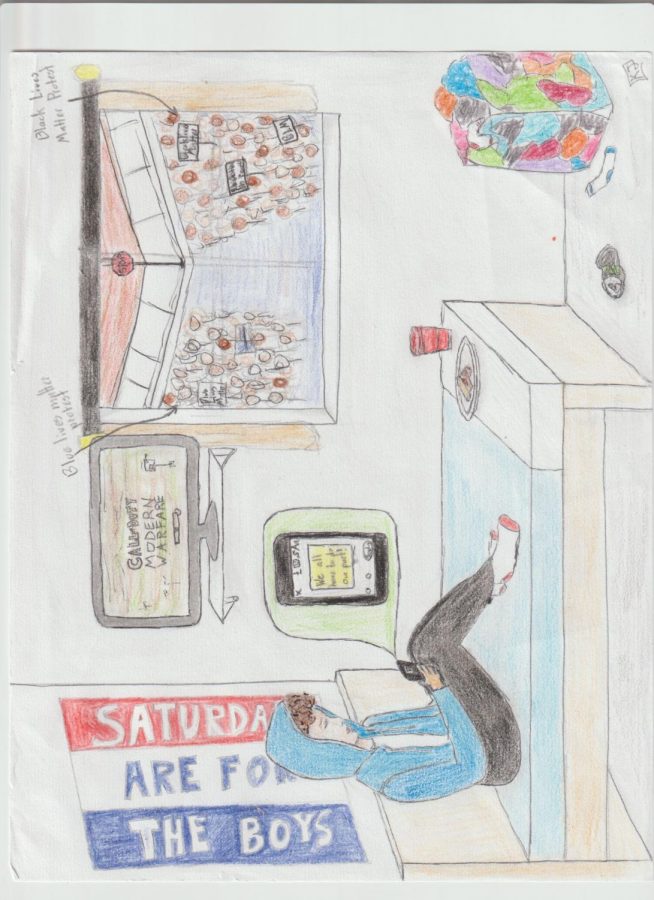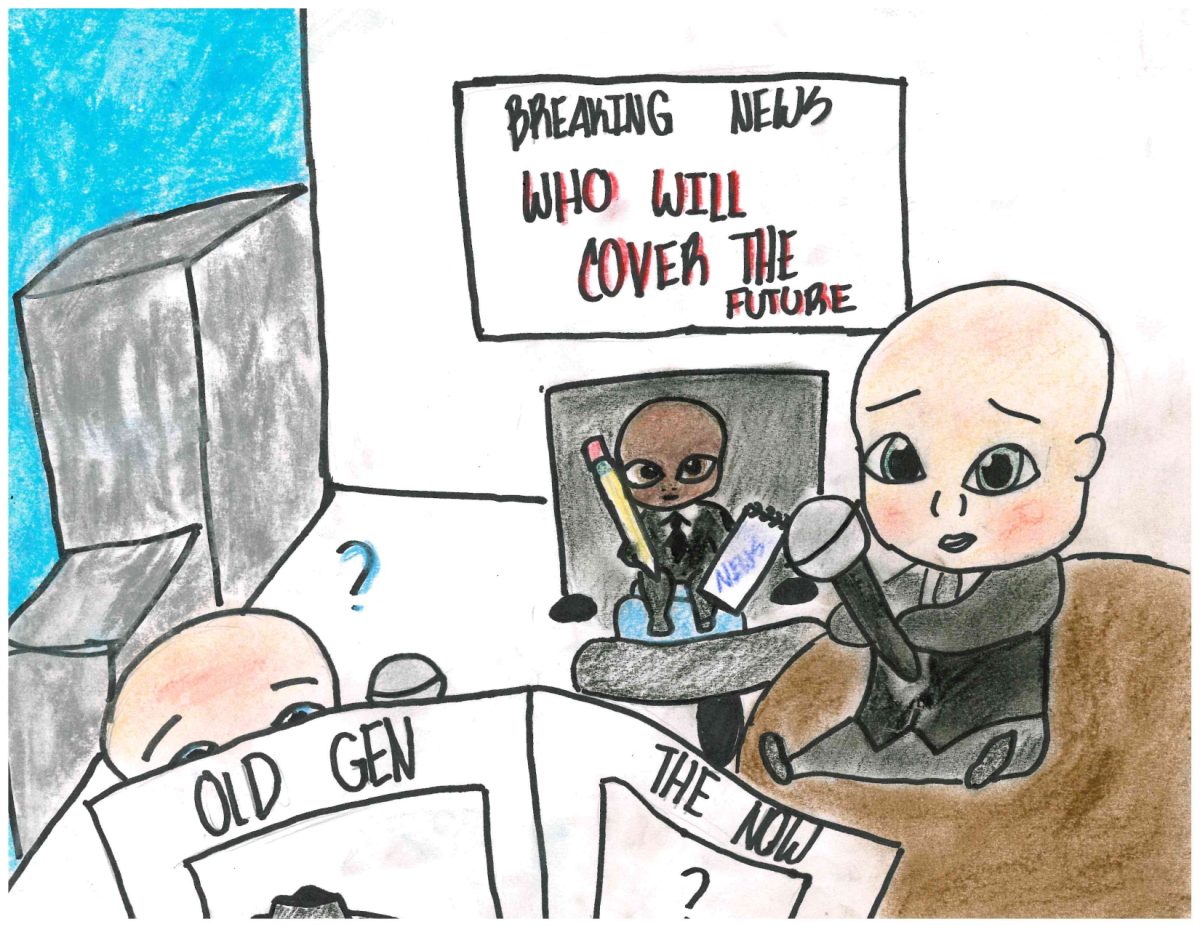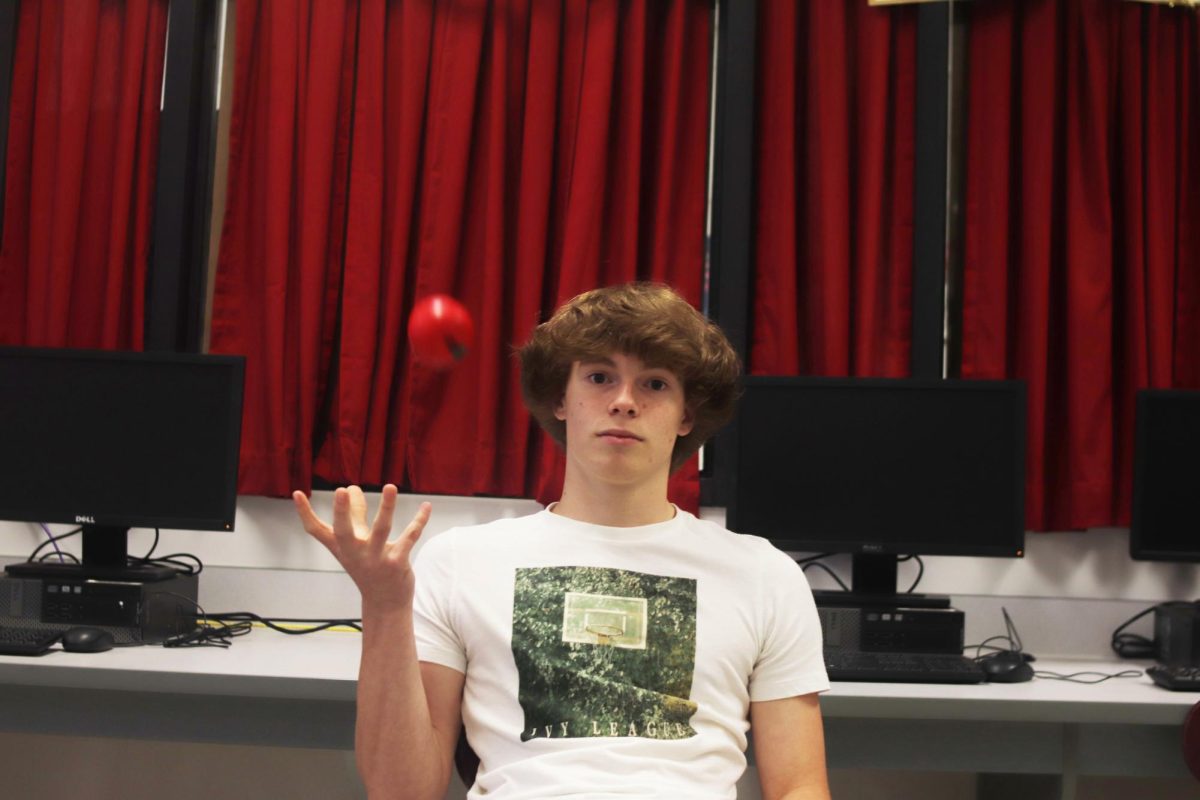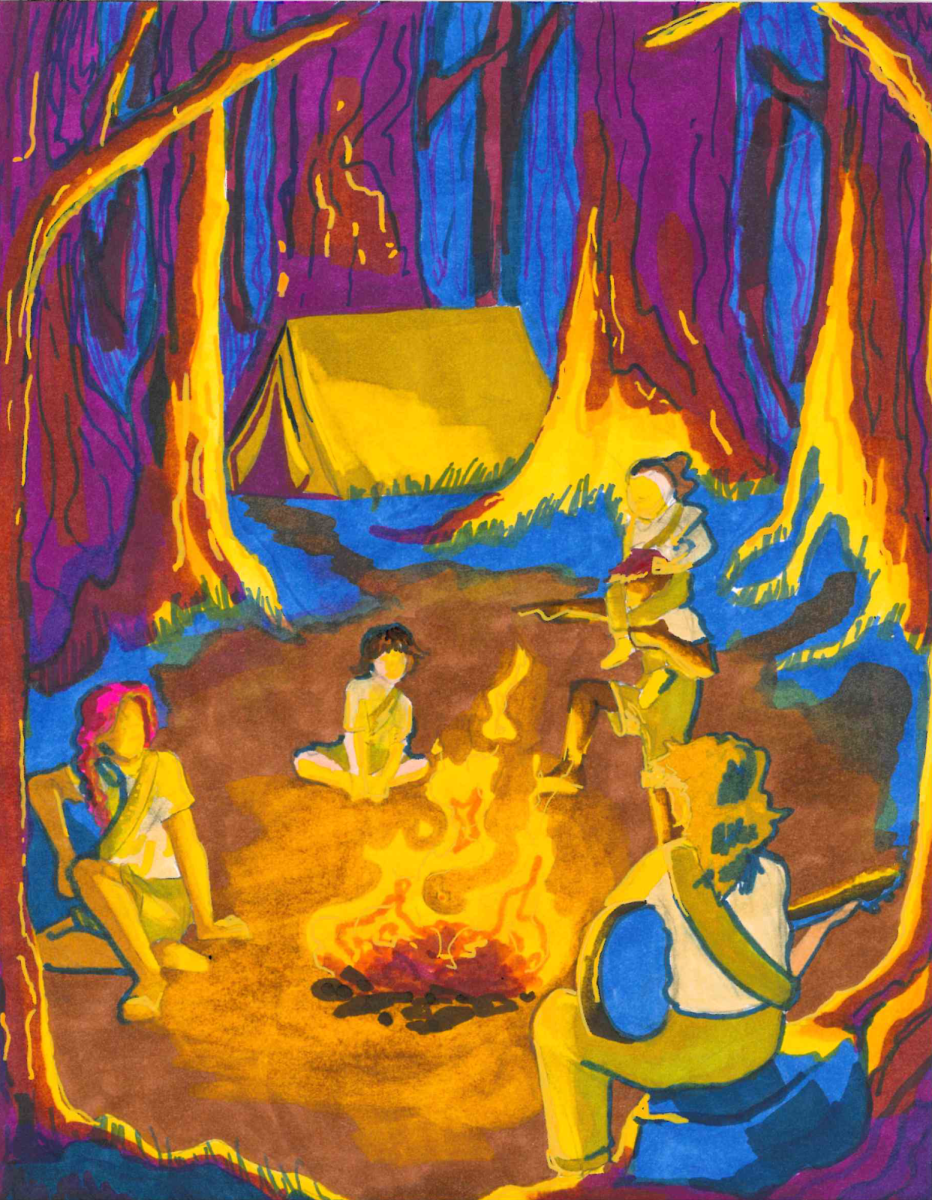It is 2:00 in the morning and you are scrolling through Instagram. A graphic jumps out at you, you look at the number of likes – it looks legitimate. You hit the button, the paper plane is staring at you, and you repost the flashy graphic to your story. Your job here is done, the world is saved, prejudice is no more, and you go to sleep soundly.
The issue with performative activism is not the component to it that is activism, but rather the motivation behind it.
Performative activism is, as one might suspect, a performance conducted to increase the social capital of an individual seeking the status of an activist within society and their community.
Performative activists advocate for change, with the intention of changing how they are viewed socially and morally. This is the phenomenon of virtue signaling.
As the Black Lives Matter movement garnered national attention during the summer, a wave of “support” came through in the form of black squares posted to Instagram for an event called “Blackout Tuesday.”
Instead of raising awareness about the fight against police brutality, posts with black squares captioned “#BlackLivesMatter” or “#BLM” provided no relevant information and hindered accessibility to relevant information.
In flooding these hashtags, the relevant posts that discussed the latest news on the victims of police brutality were pushed to the bottom of the hashtag page. The posting of the black square brought awareness to the movement, but ultimately did more harm than good.
For many, posting the black square was a performative act and no further action was taken to incite change on the matter of fighting police brutality.
Other performative posts came from the Instagram stories feature. Ten students would be tagged in a “Black Lives Matter” chain who would then each have to tag ten more people to continue the chain.
These positivity chains did not inform or spread awareness. Even students who clearly did not support the Black Lives Matter movement have posted these chains.
Similar to the aforementioned posting chains on Instagram stories, social activism oriented posts that many have taken to post on their Instagram stories pose an issue.
There has been an increasing blind trust in infographic type posts that present greatly summarized versions of large issues into bite-sized formatting for readers.
Issues are oversimplified and crammed into ten-slide posts that have gained credibility for all the wrong reasons, mainly being an “aesthetic” graphic design and bold text formatting.
After looking at these summaries on issues, viewers will generally leave a like on the post or put the infographic on their stories, not bothering to research the issue for themselves or even always read the entire post themselves.
Biased information can be easily presented and is common among these posts and the news sources backing them. Only trusting in large accounts such as @soyouwanttotalkabout or @feminist and others is not conducive for achieving diversity of thought in activism.
Problems have also arisen from the pledging of money to causes without a research into their credibility. Instagram activist @shaunking, with a current following of 3.7 million, has been involved in many financial controversies and has even threatened smaller black activist accounts who criticized him.
However, people who do not research his past continue to donate unsuspectingly, thinking that their contribution has aided the black community. Donating to causes or taking action without educating oneself first can also cause harm because racism may still be perpetuated in ways that they do not realize.
Simply posting in support of a movement creates two large issues. It leads to greater polarization of thought as people agree or disagree with news or information that is oriented around specific issues, leading people to grow more strongly in one-sided beliefs and thinking.
Another issue with performative activism is the “feed fatigue” that it has led to. When many people post the same thing, followers grow tired of seeing the same viewpoint over and over again. This repetition of posts is also conducive to the greater polarization of thought.
People may begin to feel that their beliefs are supported by a larger base of people, and are therefore the only correct beliefs to hold.
Others may begin to feel more strongly in an opposing belief because they feel that the information being perpetuated and spread by the masses is unfounded.
This creates a dysfunctional dynamic of polarization that feeds off of itself. Feed fatigue can also lead people to not process important or new information that is being spread.
Additionally, it may deter people from using a social media platform completely in an attempt to avoid the monotonous repetition of information.
As the old adage goes, “actions speak louder than words” and simply aligning with a movement does not equate to taking action and standing up for the rights of others when it comes down to creating lasting positive outcomes.
Instead of posting for recognition on social media, individuals should work to combat their own internalized biases. Communities should create environments that allow for productive conversations with others to take place.
Calling and emailing representatives, signing petitions, protesting, donating and educating oneself would all contribute much more to human rights movements, such as the Black Lives Matter moment, if the time is taken in order to pursue a positively impactful path.
There is actionable change that can be made, but it will not happen through performative activism or virtue signaling.
Way We See It: Performative activism evokes no real change
Despite the appearance of a social movement taking place on the internet, the internet and social media have merely taken the form of an echo chamber. The voices that reverberate within it are the ones with the greatest following on social media.
The Arrowhead Editorial Board
•
November 21, 2020
0
More to Discover







